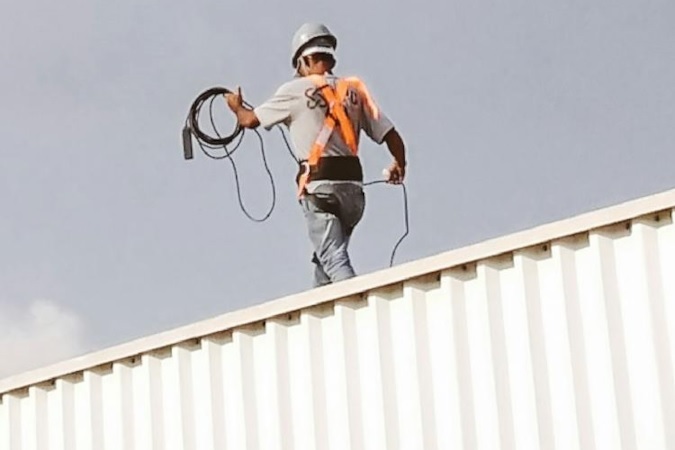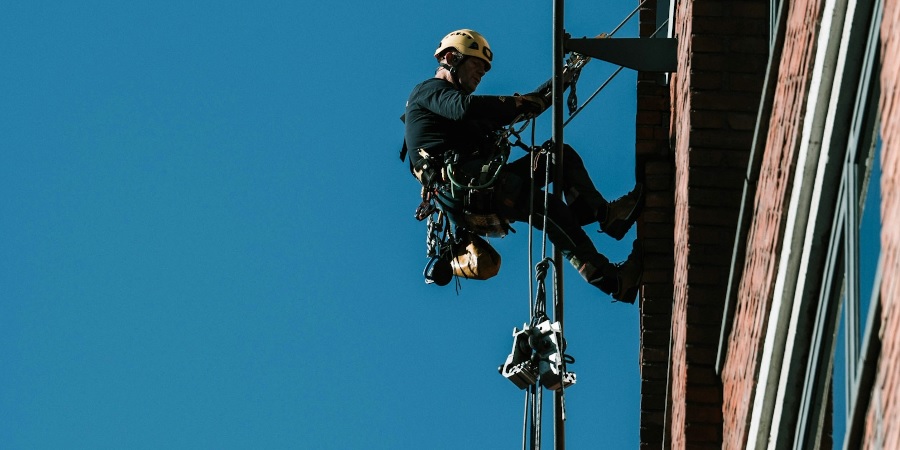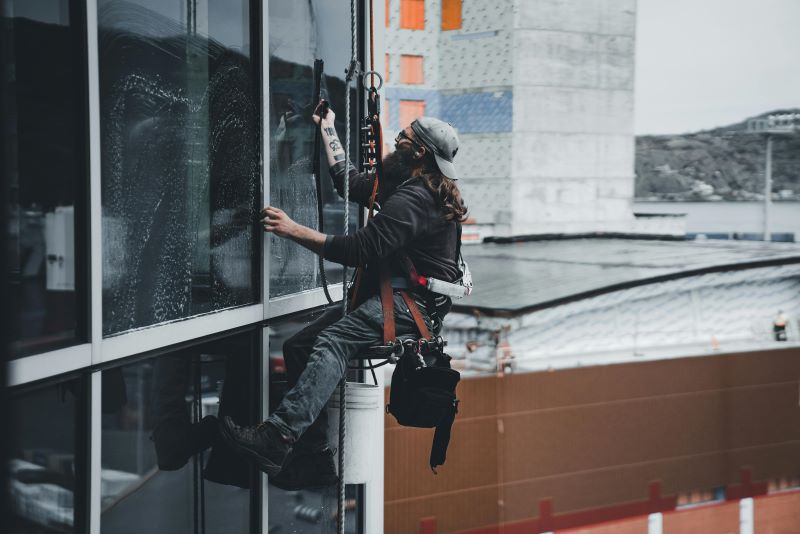
Working on a flat roof may seem less dangerous than working on a sloped roof, but flat roof work is still dangerous whenever there is a risk of falling from the edge or through fragile materials. To work safely on a flat roof you must plan the job thoroughly, choose suitable access equipment, use the right fall protection and follow the guidance set out by the HSE.
More...

Fall protection is required when work at height is carried out and there is a realistic risk that a person could fall and suffer personal injury, and that risk cannot be removed or adequately reduced by other means.
More...

When working at height, having the right fall protection system is a life-saving necessity. Two of the most common fall protection systems are vertical and horizontal fall protection. While both systems serve the same purpose – preventing falls – they are designed for very different applications. If you want to learn the difference between these types of fall protection so that you can select the best system for your work environment, keep reading this blog!
More...

An inclined plane is a work environment that is slanted at an angle, like a sloping roof. These environments bring with them a unique set of challenges, as while it may be possible to stand on inclined planes, they are uneven and therefore present a higher risk of a fall.
Read on to find out how to stay safe while working on an inclined plane (and what equipment you’ll need to do so).
More...

Rope access definition: Rope access is a safe and efficient work-at-height technique that uses ropes, harnesses and other specialist equipment to access difficult to reach areas.
Rope access techniques were originally developed from techniques used in climbing and caving, whereby practical ropework allows workers to access locations without the need to use scaffolding or an aerial work platform. Workers are usually suspended from a safety harness, allowing them to descend, ascend and traverse a structure while working.
More...

